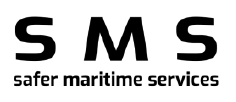
Objectives of the service
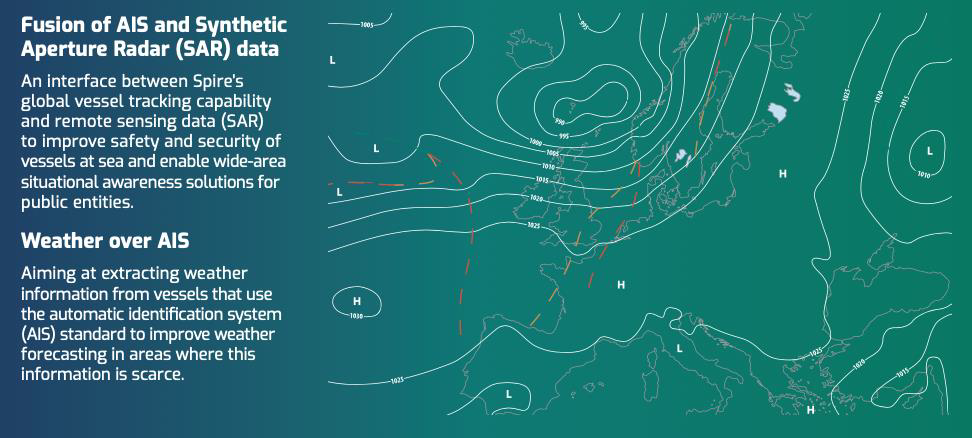
The cost of illicit activities at sea such as illegal fishing by dark vessels has a detrimental effect on both the economy and the environment. Detecting these activities relies on the availability of continuous data related to the location of vessels, regardless of the source of that data or how it is collected.
The Safer Maritime Services (SMS) project aims to address this problem head on by developing an innovative dark vessel detection service targeted toward public organisations like the European Maritime Safety Agency (EMSA). The service fuses AIS and synthetic aperture radar (SAR) data. It’s often the case that agencies like EMSA lack complete situational awareness of vessel activity within a given geographic region. Below are the key objectives of the SMS project:
-
Validate the performance of dark vessel detection capabilities to address the need for public organisations like EMSA to obtain increased situational awareness.
-
Validate the innovative API delivery mechanism for customers.
-
Use observational weather data sent over AIS to improve our in-house numerical weather prediction model, enabling better forecasts for vessel operators and thereby increasing the safety of crews.
Users and their needs
The user community (i.e. customer segment) targeted by the SMS AIS-SAR fusion dark vessel detection service is predominantly public organisations. We also refer to these customers as falling within the safety and security customer segment. That segment is described below.
Safety & Security
Description: These companies are public bodies and government institutions such as the coast guard working to ensure the safety of citizens as well the security of their country. They monitor illegal trade and fishing, human trafficking, as well as international security threats.
Jobs: Intel Specialist, Professor, Safety Manager, monitoring national waters for breaches in security.
Pains Severity colour coded high(3), medium(2), low(1):
-
Before: No data sources available (1), market research to find a suitable provider within budget (1), compliance, no visibility into country’s security (1).
-
During: integration and set-up(1), training staff on usage (2), creating new processes in reaction to the indicators from the data (2).
-
After: Continuous training (1), adding more data sources for increased granularity (2)
Gains customer expects: Having access to easy-to-use, compliant and secure tools to ensure the safety and security of individuals as well as national interests.
Service/ system concept
For AIS-SAR fusion for dark vessel detection, the customer signs up for a monthly subscription to make one API request per day for one location which could be a port. A SAR image for said port is taken by our third party provider of SAR data and sent to Spire. Spire feeds the image into its Maritime Engine along with AIS data for the same location as you see in the figure below. An algorithm then detects dark vessels and sends these insights back to the customer via the API.
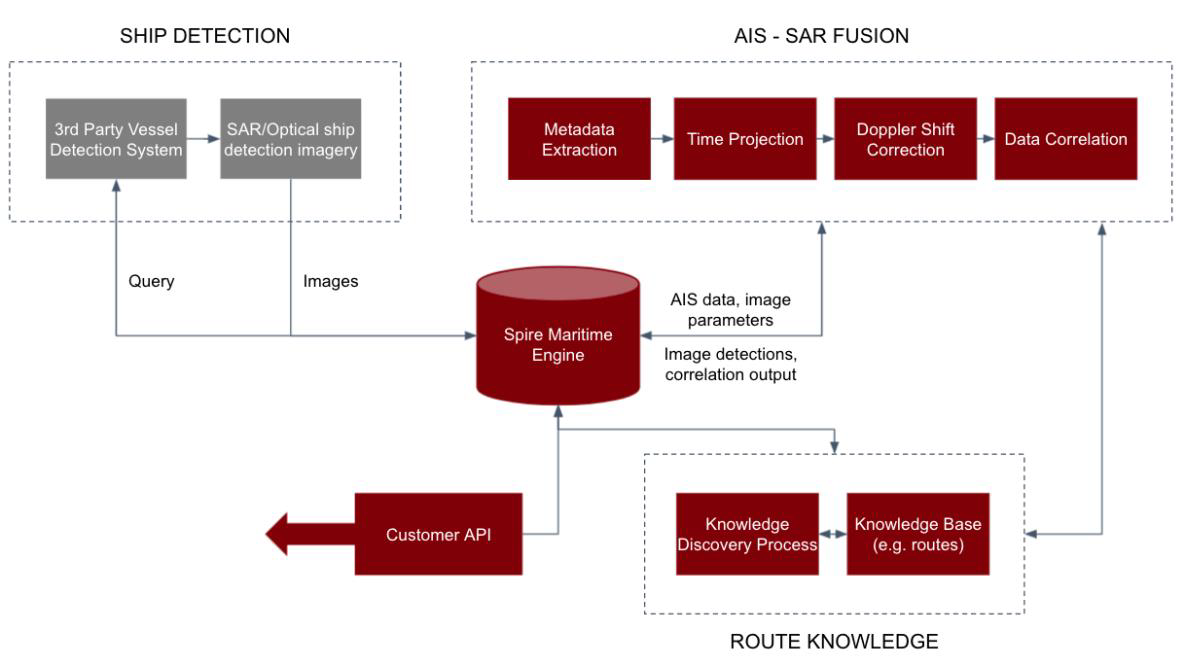
For Weather over AIS, observational weather data sent by the vessel through the AIS signal is detected by a Spire satellite or terrestrial receiver. The weather data is fed into our numerical weather prediction model in order to improve the accuracy of hyper-local forecasts in remote areas of the world where observational data is typically scarce. The figure below illustrates this at a basic level.
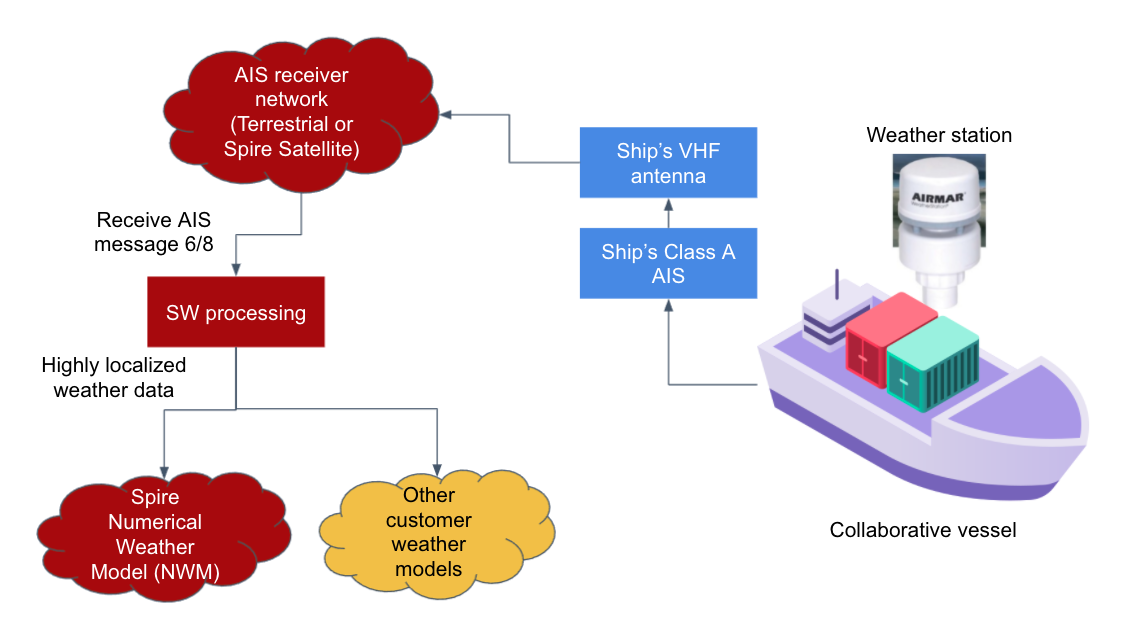
Space Added Value
Space assets used on the SMS project include:
-
AIS receivers onboard Spire satellites
-
SAR sensors onboard a third party’s satellites like ICEYE
Combining AIS and SAR datasets enables the detection of so-called dark vessels. Although not entirely new on the market, the innovative aspect of the SMS project will see the creation of a service that fuses these two data types and delivers the resulting insights through an easy-to-use API. The service increases the situational awareness of public maritime organisations like EMSA, resulting in the reduction of illicit activity on the high seas.
Current Status
Throughout H2 2022 leading up to Final Review through the Acceptence Test Review, the SMS project team has finalized the development for both AIS-SAR fusion and Weather Over AIS products. It also conducted pilot demonstrations with potential prospects and existing customers of Spire solutions.
Weather over AIS enables a key differentiating factor for Spire Weather Forecasting product targeting Maritime use cases. It will highly strengthen its competitive position in the market. As Maritime Weather will be one of the key areas of focus of Spire Weather in 2023, there is a clear benefit from the project. Spire will also look at ways of improving the benefits from its product by increasing the number of observations it is able to collect through AIS messages from ships. This could be done by incentivizing ship owners to install the needed instrument on their ships.
Concerning AIS SAR fusion, some additional iterations might be needed to better include the product in the operational workflow of customers so they can benefit from the additional information they get. The interest for the product will also depend on the availability of SAR images providers as well as the capacity to extract additional information on the ships from the SAR image itself
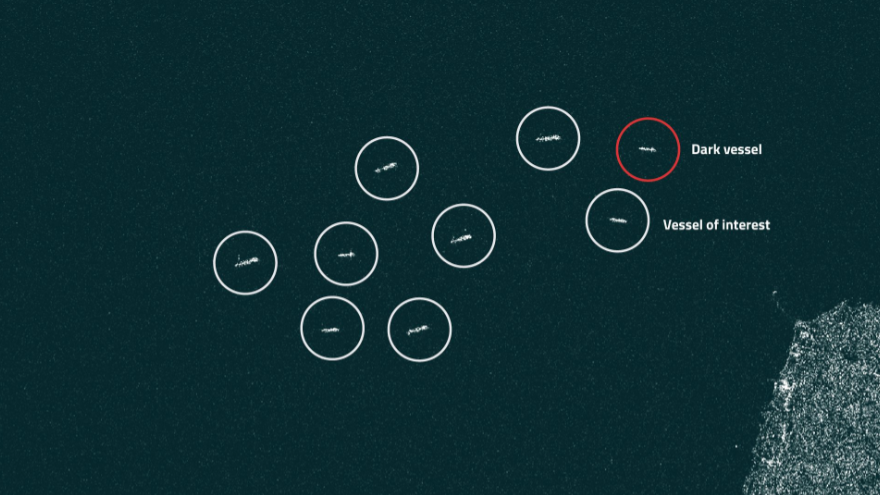
Dark vessel detection using AIS-SAR fusion



